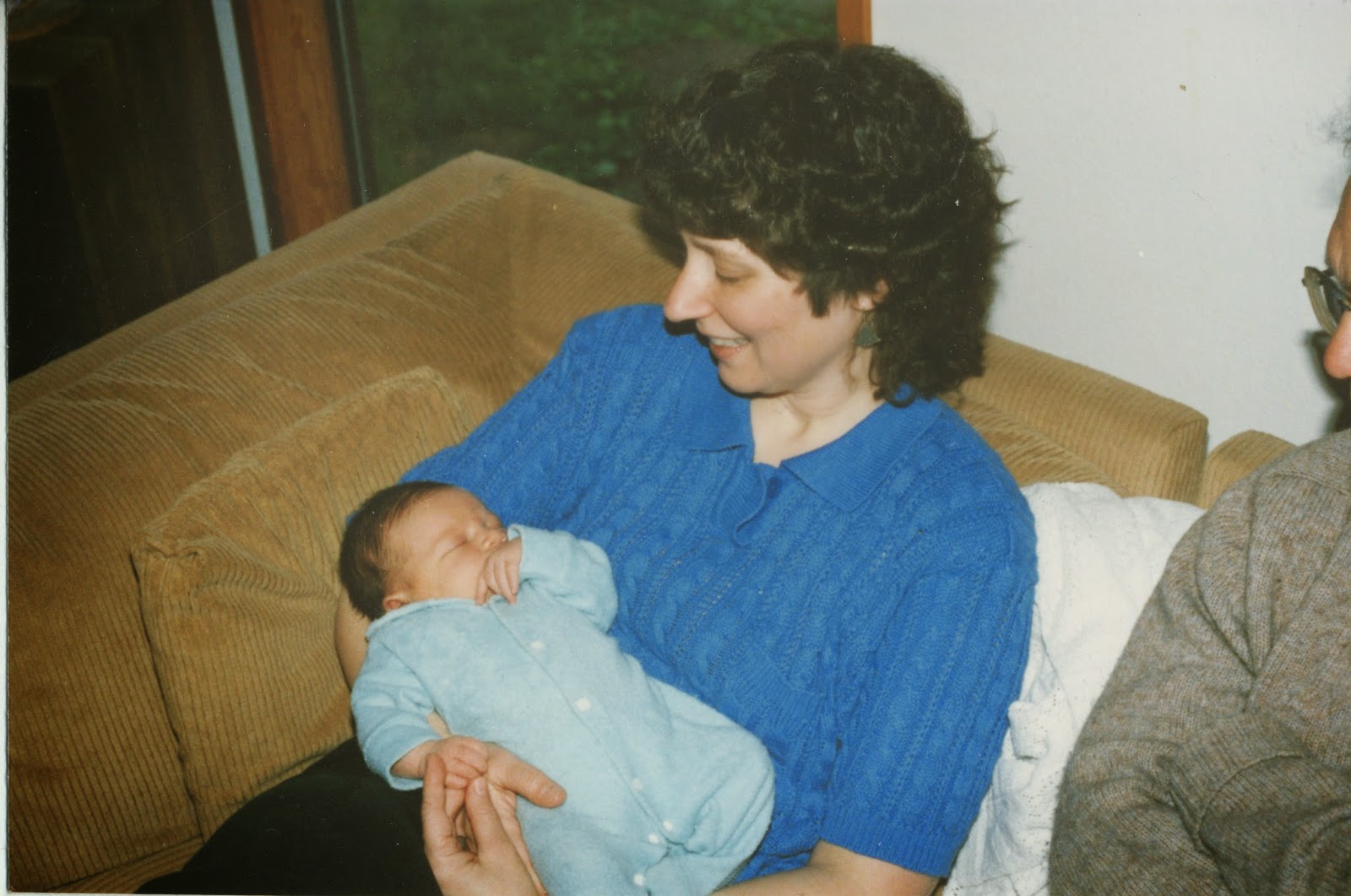Enjoying herself, in a small town at the top of Norway.
Back in the day I used to pay a lot of attention to my science
citation score. To all you unfortunate
enough not to have played the academic game, a “science citation score” is the
number of times that your work has been cited in the scientific literature. The higher your score, so goes the thinking,
the more important you are, or can pretend to be – in your own field, of
course. Whatever its actual meaning, a
good SCS is a useful lever to pry a promotion or a sabbatical leave out of a
college administration. For a brief,
glorious half decade or so I was #3, according to this measure. Ted Irving and Rob van der Voo were ahead of
me – Ted was untouchable; Rob usually within reach. But I was #3, which, I thought, was pretty darned
good. Being the competitive sort, every
few weeks I would go to the library and check the new “Science Citation Index”
record. Each time I did I would get a
jolt: “my God, I’m #2 and I’m even
pushing Ted”. But then I would remember
Melinda Beck. It happened that both
Melinda and I were recorded under “M. Beck”.
After I went through the titles of the cited papers and subtracted Melinda
I would find myself back at #3, and that sometimes by the skin of my
teeth. Now, of course, I must have
dropped completely off the charts. I
haven’t checked, and I’m not going to. However, I may still claim one honor: I
suspect that I have written more papers that have never been cited by anyone,
than anyone else in my field.
All this by way of introducing Melinda Beck. Among other things, she is a
science writer for the Wall Street Journal.
She is the author of an informative article in the Wall Street
Journal, titled “It’s Time to Rethink Early Detection”. Read it yourself at:
So, what is Melinda on about? A short summary of a fairly lengthy article
follows. You can think of her essay as reporting on a new set of skirmishes in
the “early-detection: is it useful?” wars.
We have been reading a lot about this altercation lately. It applies particularly to breast and
prostate cancer, but has application across the board.
The fundamental proposition here is that early detection may
catch some truly dangerous cancers, but also potentially nets schools of
conditions, conventionally called cancer, that will never develop into anything
bad, or will do so slowly that they can be ignored if the patient has reached a certain
age. Medical folks can never resist an
acronym: they call these things “indolent lesions of epithelial origin”, or
IDLE for short. Some of these medical
folks argue that so many IDLE’s are detected, and then fussed over, that
periodic screening does more harm than good.
Now, I think this reasoning is wrong, because I lost a wife
to a cancer that, if detected in stage 1, might have been cured. However, the other side has some good points.
For one thing, they call for more research on ways to
determine with reasonable certainty if a newly-detected baby lesion will
develop into a dangerous cancer, or into an IDLE. That’s obvious. They also present lots of numerical evidence
to the effect that “over-diagnosis” leads to “over-treatment”, and then
inevitably into unnecessary expense and anxiety. They also call for more genetic counseling
and more public education in general, which would be hard to argue against. Moreover they point out, correctly, that some
cancers are so aggressive and lethal that they will never be detected in time,
absent a very short screening period.
They argue persuasively. I am still unconvinced.
One thing seems obvious, though. If the situation in the screening/IDLE
situation is really this complicated, and the consequences of guessing wrong so
dire, choice should be left entirely to the patient.
If the patient has access to and
understands the facts, and if his or her doctor also is keeping up with the
times and thus can give useful advice, then the patient obviously should make the
decision. Government, the Health Care Establishment, Organized Religion, and Writers of Blogs - all should butt out. This sort of thinking appeals
to my small government, laissez-faire, liberal (in the original sense of the word) soul.










